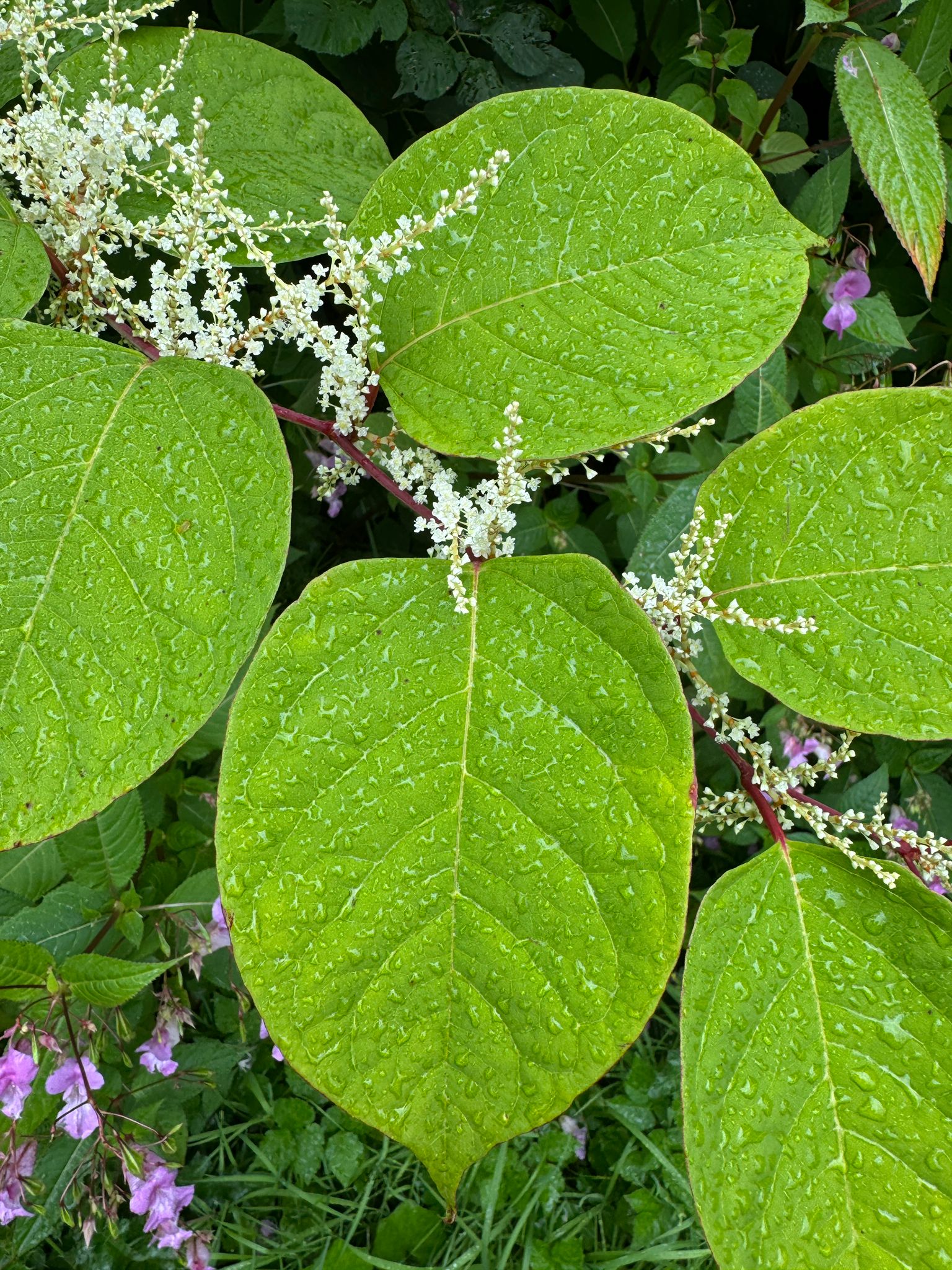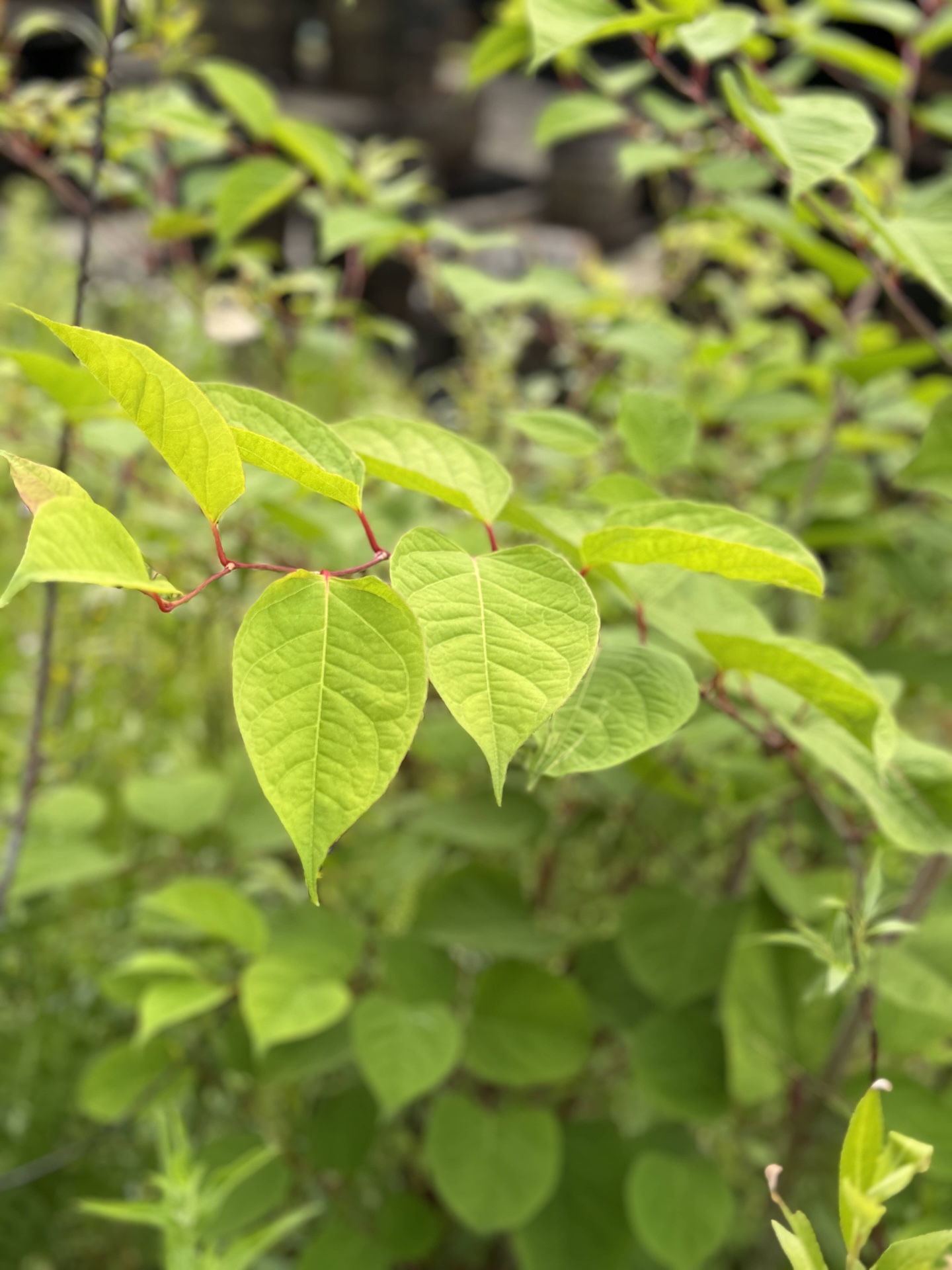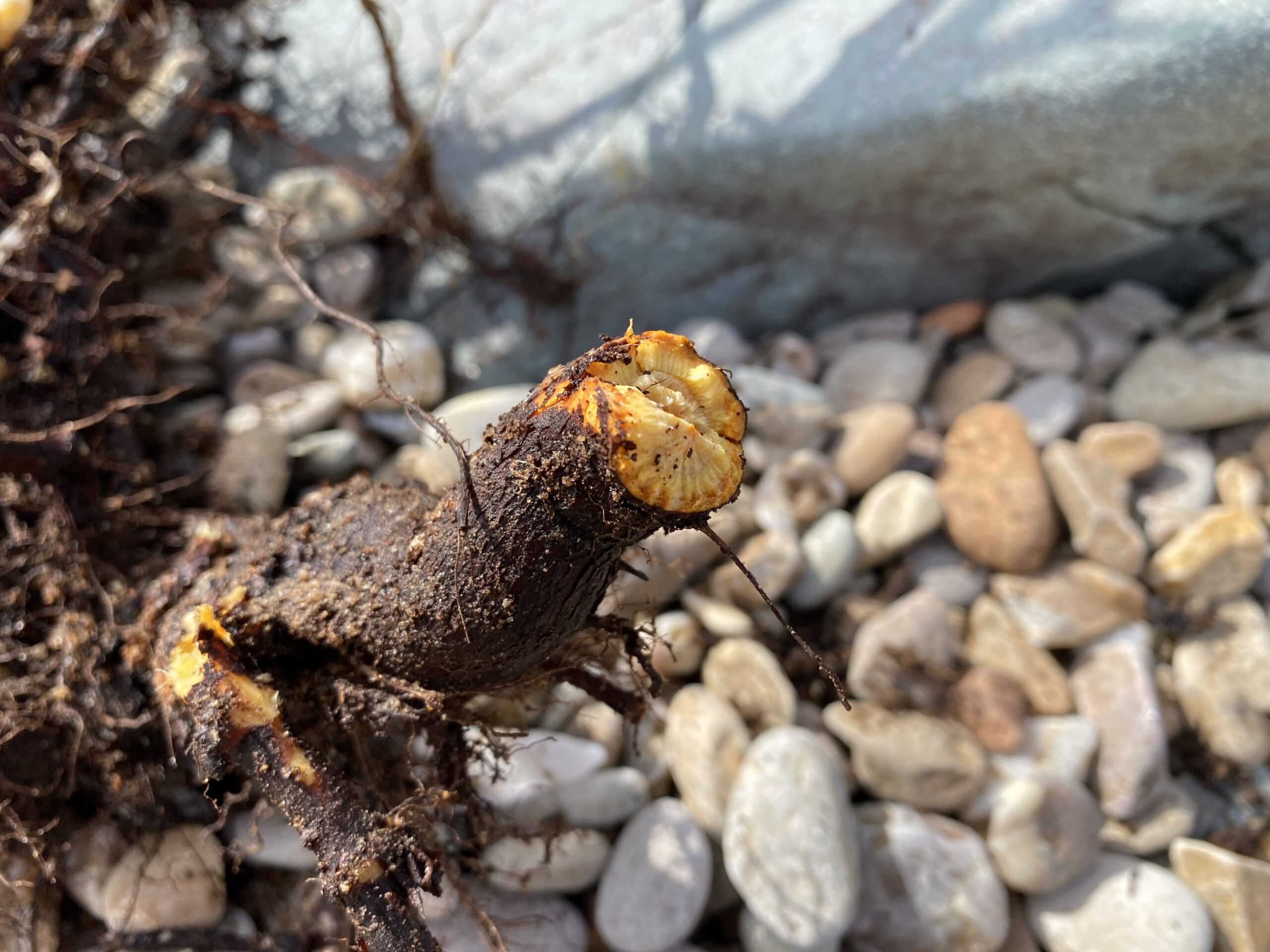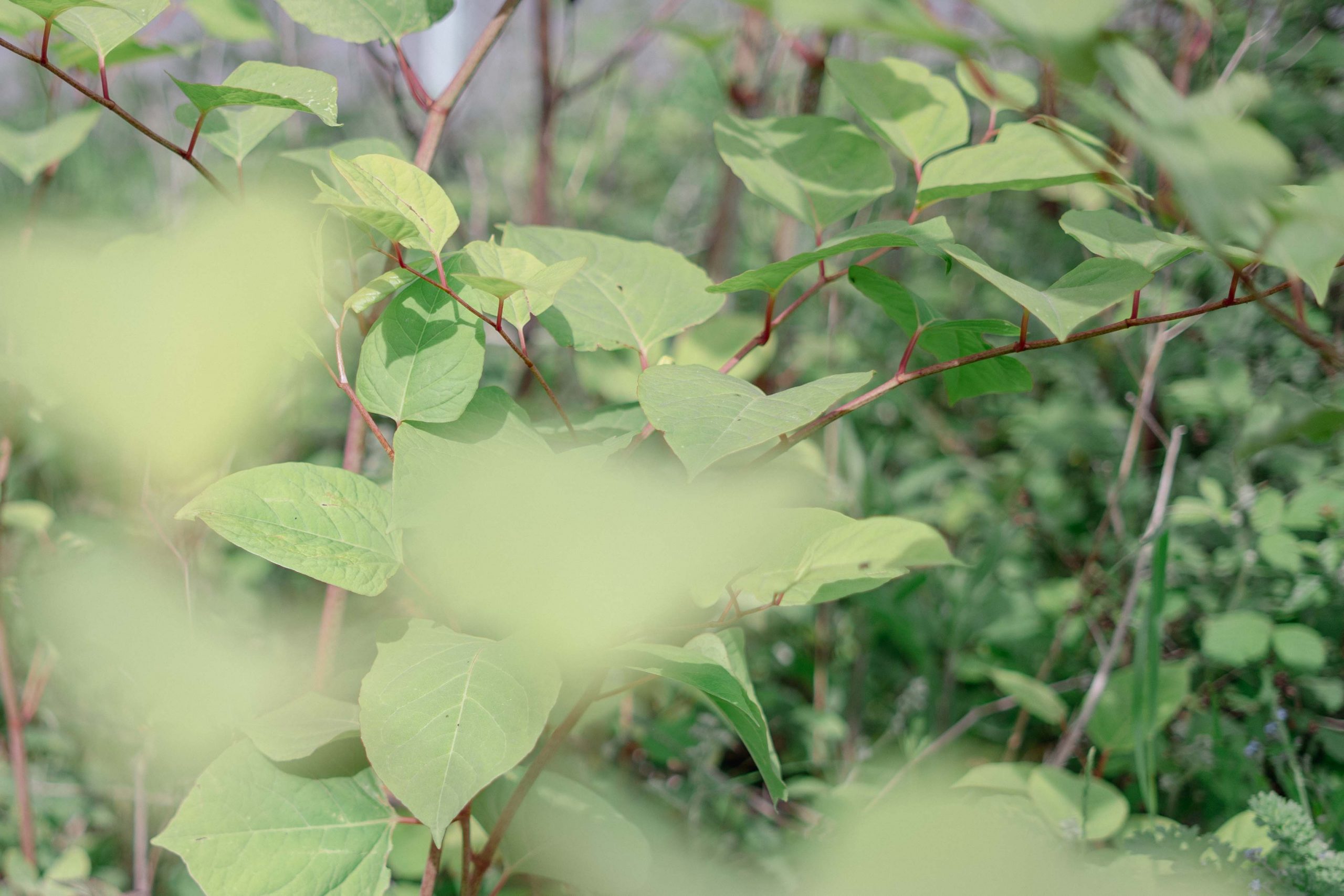25/08/2023
We attended a site this week where the client had been attempting to self-manage several very large areas of Japanese Knotweed over recent years by repeatedly cutting back throughout the season (as well as using other somewhat ‘unconventional treatment methods’ found through Google searches!).
Japanese Knotweed is a highly invasive plant known for its aggressive growth and potential to cause damage to properties and ecosystems. If you’re dealing with this persistent plant on your property, you might be wondering about the best methods for its removal. In this guide, we’ll address some common questions about Japanese Knotweed removal and provide insights into effective solutions.
The result..? Did the knotweed removal work?
Unsurprisingly, the level of infestation had significantly increased, with hundreds of square meters of land affected. The long-term implications for the site could be significant, as the area had been earmarked for property development.
The client’s closing words were, “I just wish I had called you in when I first noticed it, instead of trying to deal with it myself” – a statement that we hear more often than you might think!
While it’s possible to attempt removing Japanese Knotweed on your own, it’s essential to approach the task cautiously. Japanese Knotweed has an extensive underground rhizome system, which makes complete eradication challenging. DIY removal methods can risk spreading the plant further if not executed correctly. To ensure effective and responsible removal, it’s recommended to seek professional assistance.
Permanently getting rid of Japanese Knotweed requires a strategic and systematic approach. We typically follow a comprehensive process to ensure successful removal. This involves:
To learn more about the detailed removal process, visit Removing Japanese Knotweed Process.
Whenever we receive an inquiry, our initial advice is always: “don’t touch it!”
Arrange a survey. Seek advice from an expert. Make informed decisions based on accurate information – not the internet!
The cost of Japanese Knotweed removal can vary significantly based on factors such as the size of the infestation, the methods used and the location.
This initial investment is worthwhile to protect your property value and prevent the plant’s spread. To get an accurate cost estimate, consider scheduling a Japanese Knotweed survey with JBB Knotweed Solutions.






Get the latest advice, solutions, and insights to protect your property from invasive Japanese Knotweed.
We can confirm if you have Japanese Knotweed on your property and recommend the best course of action.